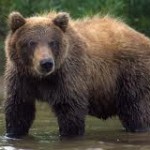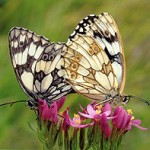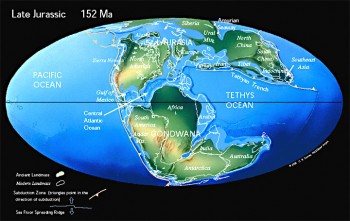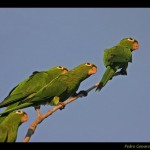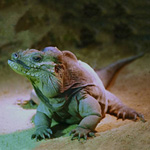The Real Global Warming Signal
By Tamino, Open Mind. With the bulk of the fluctuations due to natural factors removed, the continued course of global warming since 1979 is undeniable. Five different measures of the eath surface and lower-atmosphere temperatures agree on this, and the last two years (2009 and 2010) were the two hottest.
Continue reading →


